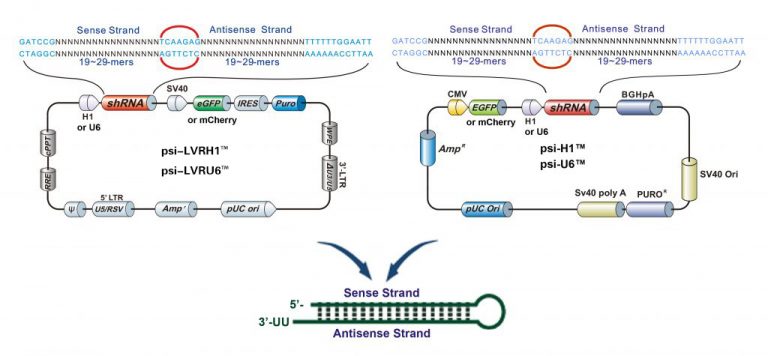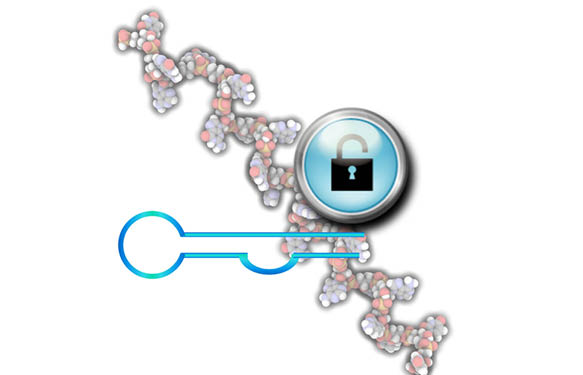Time-Resolved Förster Resonance Energy Transfer (TR-FRET) is a robust and homogeneous fluorescence detection technology and a real alternative to ELISA to perform Cell Signalling studies. Based on this improved TR-FRET technology, tebu-bio is pleased to introduce a new product line of high-quality, fully-validated and affordable kits. These ready-to-use Thunder™ kits enable sensitive, simple and rapid measurement of low amounts of specific intracellular phosphorylated and total proteins in cell lysates from adherent or suspension cells.
The main features of these new Thunder™ Cell Signalling Assays are presented in this post.
How does it work?
Even though based on the traditional immuno-assay sandwich principle, the kits use a streamlined protocol wherein the antibody-target sandwich complex is formed in solution in a single addition and incubation step, without any wash steps. This protocol dramatically decreases hands-on time (5 minutes) and enables faster time to results (1-4 hours).

After lysis steps, a pair of antibodies specific for the target protein is added to the lysate sample (Fig.1). One antibody is labeled with a donor fluorophore (a Europium chelate), while the second antibody is labeled with an acceptor fluorophore (a far-red dye). Upon excitation of the Europium chelate at 320 or 340 nm, energy is transferred from the donor to the acceptor fluorophore if they are sufficiently close (within 10 nm) for FRET. This results in the emission by the acceptor of a TR-FRET signal at 665 nm.
Why is TR-FRET a smart alternative to ELISA for cell signalling studies?
OPTIMAL ANTIBODY PAIR SELECTION
- Validated antibodies were selected to guarantee specificity for the target protein.
- Many donor/acceptor fluorophores were tested to select the optimal pair providing the best TR-FRET signal-to-background.
- Extensive testing of labeled antibody pairs using optimized lysis buffers followed by assay optimization were conducted to ensure specificity, reproducibility and optimal TR-FRET assay performance.
RIGOROUS VALIDATION
All Thunder™ kits are subjected to a stringent validation process using lysates from cells that are treated with pathway-specific activators and inhibitors to further confirm target specificity.
CONFIRMED LOT-TO-LOT CONSISTENCY
All Thunder™ kits are developed, validated and manufactured to ensure lot-to-lot consistency using a functional quality control assay where each new lot is compared to the previous lot.
AFFORDABILITY
Thunder™ is an affordable cell-based assay platform that provides easy access to the TR-FRET technology for all researchers looking to quantify low amounts of endogenous proteins in cells.
Most popular targets
- AKT (pan)
- EGFR : Epidermal Growth Factor
- ERK 1/2 : Extracellular signal Regulated Kinase
- STAT3 : Signal Transducer and Activator of Transcription 3
Typical validation data

Assay workflow
All it takes is 3 simple steps to complete the workflow of all the TR-FRET Cell Signaling Assays.

Assays can be run using a 2-plate (transfer) protocol:

Or a 1-plate (all-in-one-well) protocol:

Assays are optimized to be run in 96-well or 384-well plates using the same total volume (20µL).
Kit options
- PHOSPHO-PROTEIN : Measure the relative amounts of a specific phosphorylated target protein.
- TOTAL-PROTEIN : Measure the relative amounts of a target protein regardless of its phosphorylation status. These kits can be used to monitor protein expression levels and for normalization purposes.
- PHOSPHO + TOTAL PROTEIN : Provide a novel opportunity to measure matched phosphorylated and total proteins from separate wells in the same plate.
Try a real alternative to perform your cell signalling studies in a different way!



